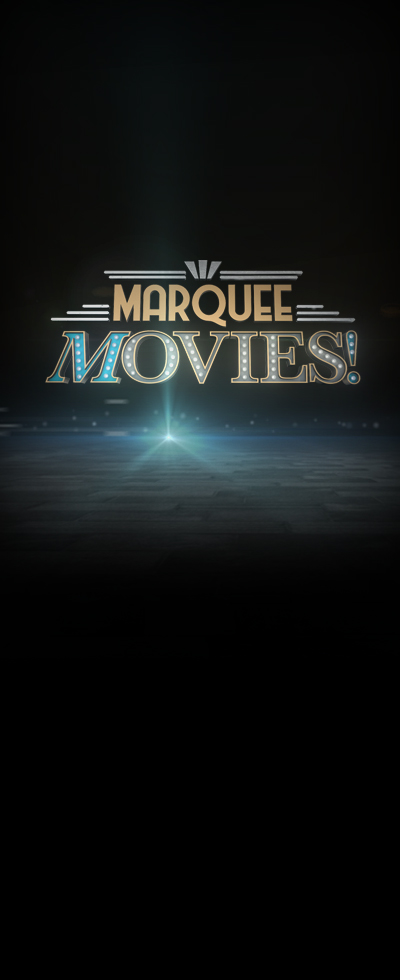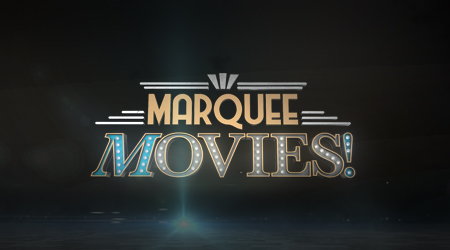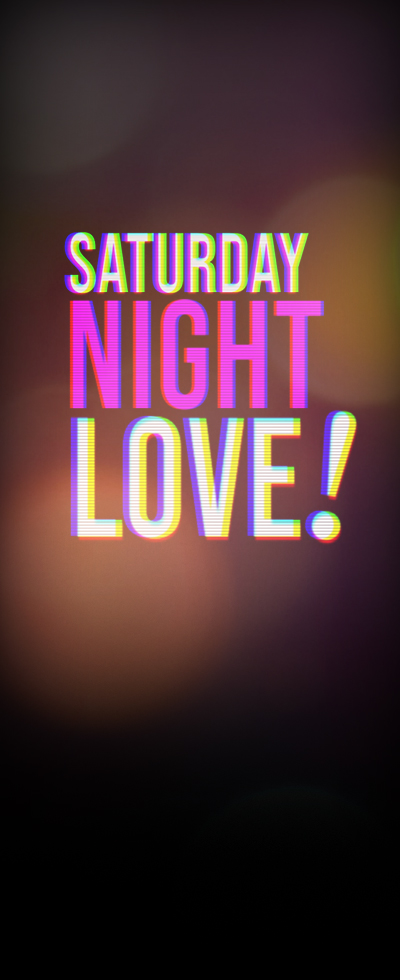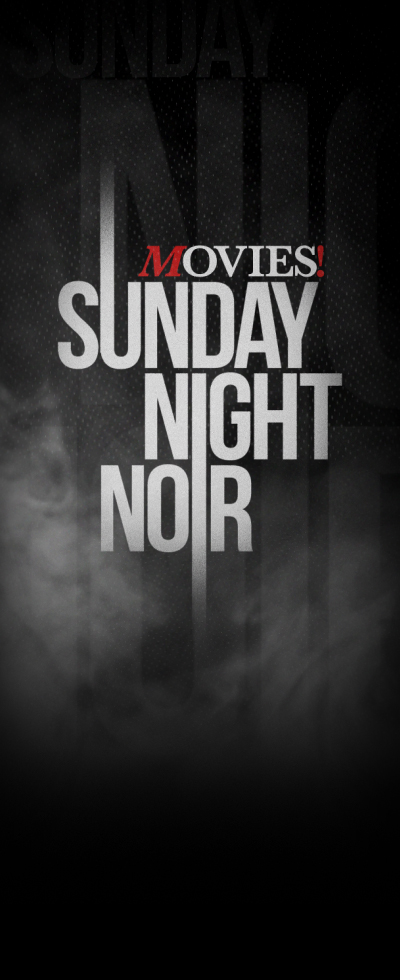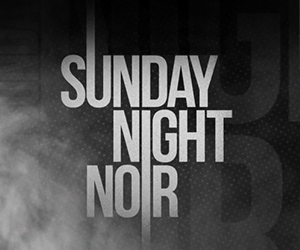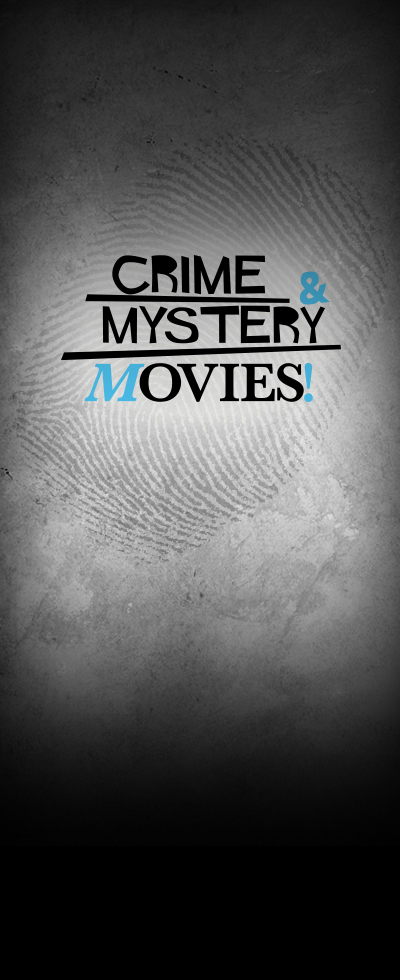“The stuff that dreams are made of.” That’s how the prized Maltese Falcon was described in the 1941 film, and just like the mystery surrounding it in the movie, the prop itself presents a mystery.
Dashiell Hammett’s famous novel, The Maltese Falcon, was published in 1930, and Warner Brothers first adapted the tale in 1931 with Ricardo Cortez in the lead. In this version, the “falcon” looked more like a peacock. After filming ended, the prop was reused in Haunted Gold, a John Wayne Western, and then it was lost.
In 1941, John Huston wrote his own adaption, and this movie became the definitive version, thanks in part to Humphrey Bogart's performance.
For the bird’s design, Huston hired his artist friend Fred Sexton for $75. Sexton's first sketch of the bird was done on a manila envelope. After finalizing the details, Warner Brothers' art department then created two lead statues which were approximately 11 inches tall. This 47-pound bird was quite a hefty animal. In fact, when it accidently fell on Bogart’s foot while filming, he required first aid.
It’s unknown exactly how many prop birds were created in total (some believe a plaster version was also created from the mold), but the entire cost for all of the birds was approximately $600 thousand.
While movie fans place sentimental value on film props, studios often don’t. In fact, in the studio’s mind, a prop has more value if it can be re-used in other films. For instance, a bedframe used in Bette Davis' Deception also appears in her other films, The Private Lives of Elizabeth and Essex and All This, and Heaven Too.
After 1941's The Maltese Falcon, the black bird appeared in Illegal as set dressing in Edward G. Robinson’s office, as well as in Frankenstein 1970 and Cheyenne Autumn.
But what happened to these Maltese Falcons?
Well, studio head, Jack Warner, gave one to William Conrad as a joke. It later sold for $398,500 years after his death.
The other original bird – which injured Bogart – disappeared…
...that is, until it reappeared at an auction. It sold for over four million dollars, making it one of the highest prices that someone paid for a prop. For reference, Dorothy's ruby slippers sold for $2 million, and Sean Connery’s James Bond Aston Martin sold for $2.6 million.
To make matters more interesting, the market was also flooded with fake birds when Columbia Pictures spoofed The Maltese Falcon in 1975 with The Black Bird. For that film, Warner Brothers created two hundred and fifty plaster birds. Today, some of those are confused with (or falsely represented to be) the genuine thing.
So how many falcons are the true artifact, and where are they now? Well, those are mysteries that may never be solved.


